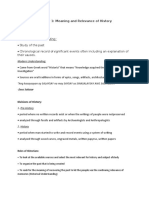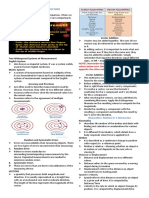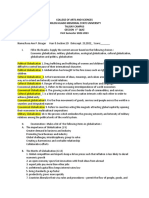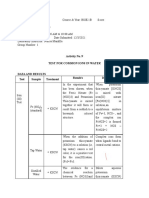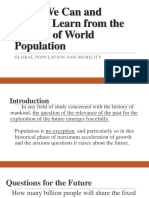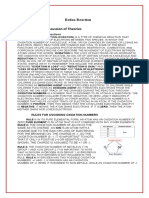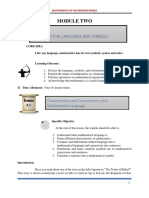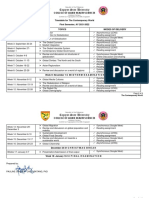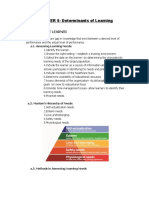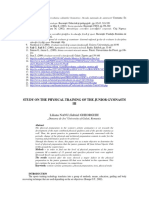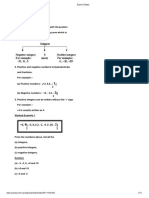0% found this document useful (0 votes)
176 views45 pagesData Collection: Prof. Lhars M. Barsabal
This document discusses key concepts in data collection for research, including defining variables, different types of variables, and phases of research where variable identification is considered. It covers identifying the appropriate data to collect, modes of collection, issues that can affect quality, and guidelines for developing collection tools. The goal is for learners to understand how to properly define and measure variables to support research objectives, tools, and analysis.
Uploaded by
Jean Carmelette BalalloCopyright
© © All Rights Reserved
We take content rights seriously. If you suspect this is your content, claim it here.
Available Formats
Download as PDF, TXT or read online on Scribd
0% found this document useful (0 votes)
176 views45 pagesData Collection: Prof. Lhars M. Barsabal
This document discusses key concepts in data collection for research, including defining variables, different types of variables, and phases of research where variable identification is considered. It covers identifying the appropriate data to collect, modes of collection, issues that can affect quality, and guidelines for developing collection tools. The goal is for learners to understand how to properly define and measure variables to support research objectives, tools, and analysis.
Uploaded by
Jean Carmelette BalalloCopyright
© © All Rights Reserved
We take content rights seriously. If you suspect this is your content, claim it here.
Available Formats
Download as PDF, TXT or read online on Scribd
/ 45




